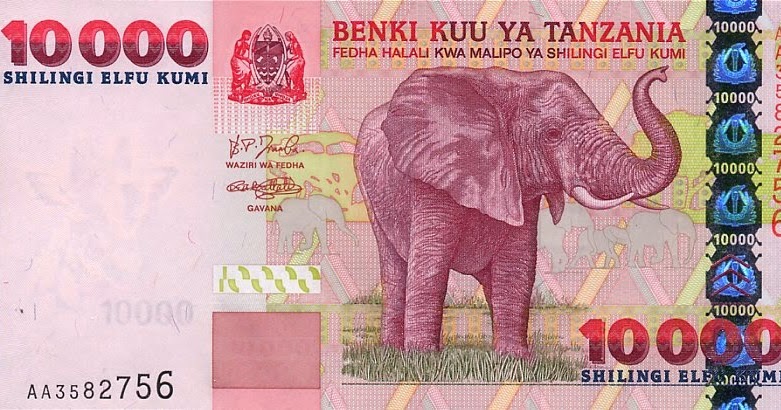The Tanzania Shilling (TZS) showed significant appreciation in December 2024, reversing the depreciation trend observed in previous months. The currency’s movement was influenced by increased foreign exchange inflows, monetary policy adjustments, and external economic conditions.
1. Exchange Rate Appreciation
- The Tanzania Shilling appreciated by 9.3% in December 2024, strengthening to TZS 2,420.84 per USD from TZS 2,659.03 per USD in November 2024.
- On an annual basis, the Shilling appreciated by 3.8%, compared to a 6.3% depreciation recorded in the previous month.
- This appreciation was one of the largest monthly gains in recent years, signaling strong demand for the Shilling and improved foreign exchange reserves.
2. Factors Behind the Shilling’s Strengthening
The appreciation of the TZS was driven by multiple factors:
✅ Increased Foreign Exchange Inflows:
- Exports of cashew nuts, tobacco, and gold surged, bringing in more US dollars.
- Tourism earnings rose, contributing to a stronger balance of payments.
✅ Monetary Policy Adjustments: - The Bank of Tanzania (BoT) intervened in the market, selling USD 2 million to stabilize the exchange rate.
- Interest rates in the Interbank Foreign Exchange Market (IFEM) improved, attracting more liquidity.
✅ Global Economic Conditions: - Easing US Federal Reserve interest rates reduced pressure on emerging market currencies, benefiting the Tanzanian Shilling.
3. Impact of a Stronger Shilling
🔹 Positive Effects
- Lower import costs: A stronger TZS makes imported goods, fuel, and raw materials cheaper, helping to reduce inflationary pressures.
- Improved investor confidence: A stable currency encourages foreign direct investment (FDI) and supports economic growth.
- Stronger foreign reserves: The BoT’s foreign exchange reserves rose to USD 5,500.5 million in December 2024, covering 4.5 months of imports, aligning with EAC and SADC benchmarks.
🔹 Potential Risks
- Reduced export competitiveness: A stronger TZS could make Tanzania’s exports more expensive, potentially slowing export growth.
- Impact on debt servicing: If Tanzania holds foreign-denominated debt, a strengthening shilling could affect repayment costs depending on hedging strategies.
Key Takeaways:
- The TZS appreciated by 9.3% in one month, reaching TZS 2,420.84 per USD, driven by strong exports, foreign exchange inflows, and monetary policy interventions.
- Foreign reserves improved to USD 5,500.5 million, covering 4.5 months of imports.
- While the stronger Shilling helps lower import costs and inflation, it may affect export competitiveness in the long run.
The Bank of Tanzania’s monetary policy remains crucial in balancing currency stability, inflation control, and economic growth
